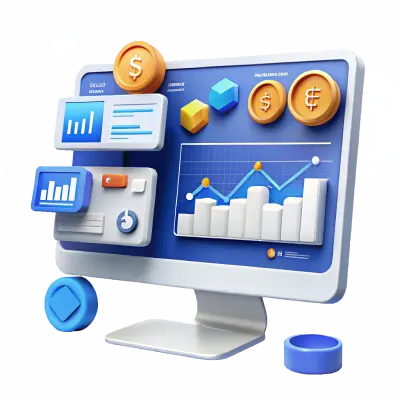Best Cryptocurrency Books 2025: Ultimate Reading Guide
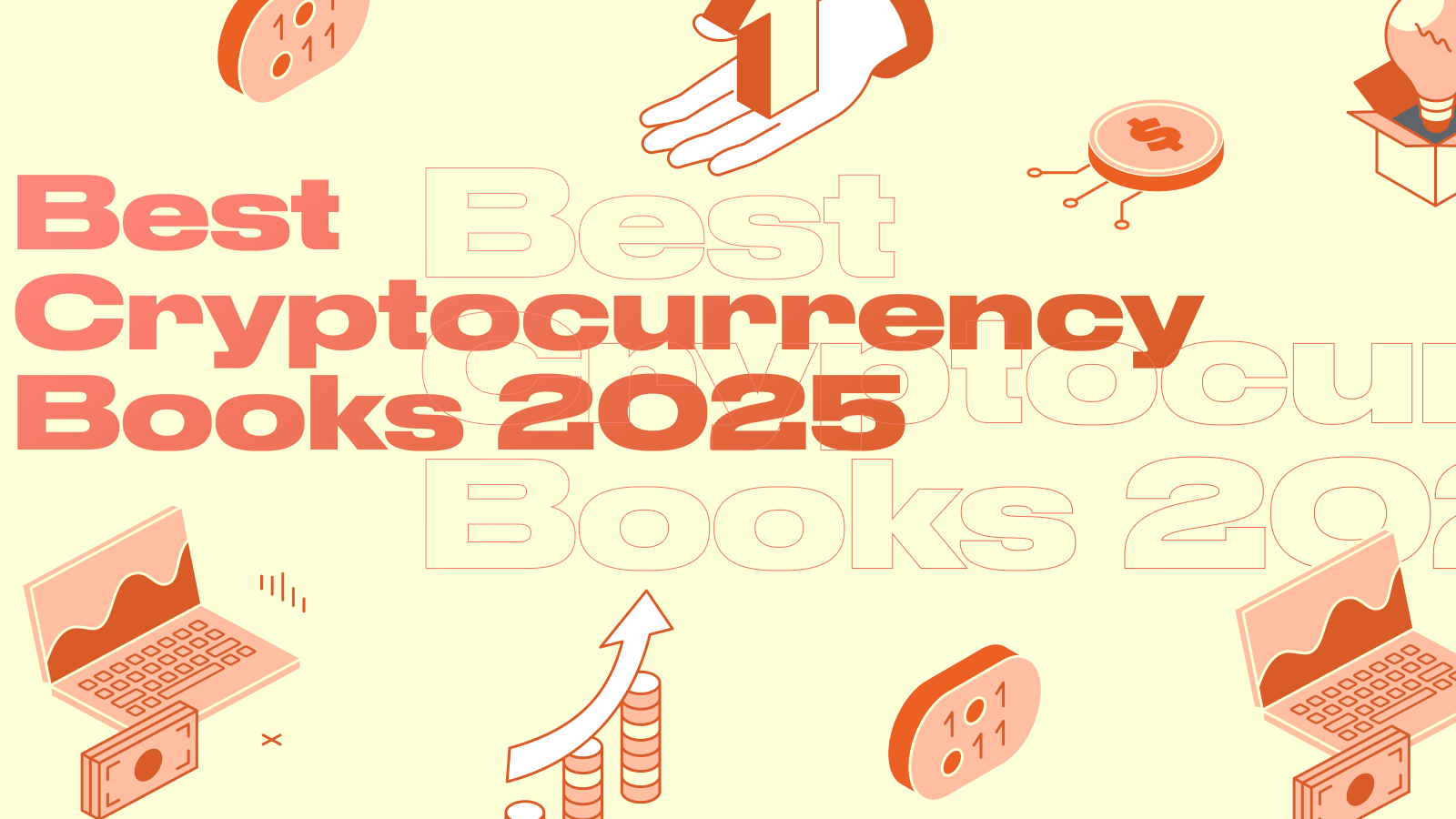
The Best Cryptocurrency Books 2025: An Exhaustive Reading Guide
Cryptocurrencies and blockchain are two concepts that became known to the public about 15 years ago. Initially, the idea was treated with skepticism: digital money that functions within a network where data cannot be modified. Moreover, it was not the state that was behind it, but some people around the world who operated the network using their own computers. It sounded extremely futuristic, to say the least.
However, after a few years, cryptocurrencies and blockchain gained their own community, which actively promoted the idea to the masses. Today we have a market with a capitalization of several trillion, many investors around the world and thousands of created cryptocurrencies.
When entering the cryptocurrency market for the first time, you need to understand the structure of cryptocurrencies and blockchain, and then the market processes. This is what this article is about: what are cryptocurrencies and blockchain, what is their future, as well as what books you can read to understand the basic concepts of the industry.
What are cryptocurrencies and blockchain?
Cryptocurrencies
Cryptocurrencies are digital assets that have cryptographic methods embedded within them to secure and control the creation of new units. One of the important advantages of cryptocurrencies is the ability to make cross-border transactions, for small fees and bypassing intermediaries in the form of banks or other financial institutions, thus creating a decentralized financial system.
The first and most famous cryptocurrency is bitcoin, which was released in 2009 and its creator is Satoshi Nakamoto, who has not been heard from since the same year.
Blockchain
Blockchain is a distributed database that provides transparency, security and immutability of data. Cryptocurrencies function on the blockchain: each digital asset can have its own network (BTC, ETH) or it can function on an existing one (SHIBA, PEPE).
Blockchain is ideal for making cryptocurrencies work because the information in it cannot be tampered with in any way. Moreover, the blockchain is powered by a multitude of devices and PCs around the world, making it resistant to hacker attacks and preventing any one group of people from making decisions on its development or skipping transactions.
Why is it important for the future?
Distributed ledger technology (blockchain) is suitable for many areas: voting, medicine, the traditional financial system, and more. However, today the use of blockchain has only been realized in cryptocurrencies, some private companies, and a number of small industries. The reason for this is not clear, but we can assume that not everyone is interested in the immutability of the data that goes into the blockchain.
As for digital assets, already today many institutional investors have recognized that cryptocurrencies are no worse than other assets for investment, and in some ways even better. If we take into account the fact that cryptocurrencies allow ordinary people to send it anywhere in the world, it is disadvantageous for banks. That's why we still can't go to our local bank branch and purchase bitcoin.
As an investment asset, cryptocurrencies will continue to gain popularity, but as a means of payment is an open question, because it will be strongly discouraged.
Books for beginners
“Digital Gold” (Digital Gold) - Nathanil Popper
The book, created by a journalist working with The New York Times, will be a great start for those who are just taking their first steps in the world of cryptocurrencies. On its pages unfold the stories of colorful characters who played a significant role in the formation of the cryptoindustry: an Argentine millionaire, a Chinese entrepreneur who was at the origins of Netscape, a physicist who turned into a drug lord, as well as famous brothers who sued Mark Zuckerberg. Representatives of intelligence agencies, prosecutors and the U.S. government complete the picture, which makes the narrative fascinating and rich.
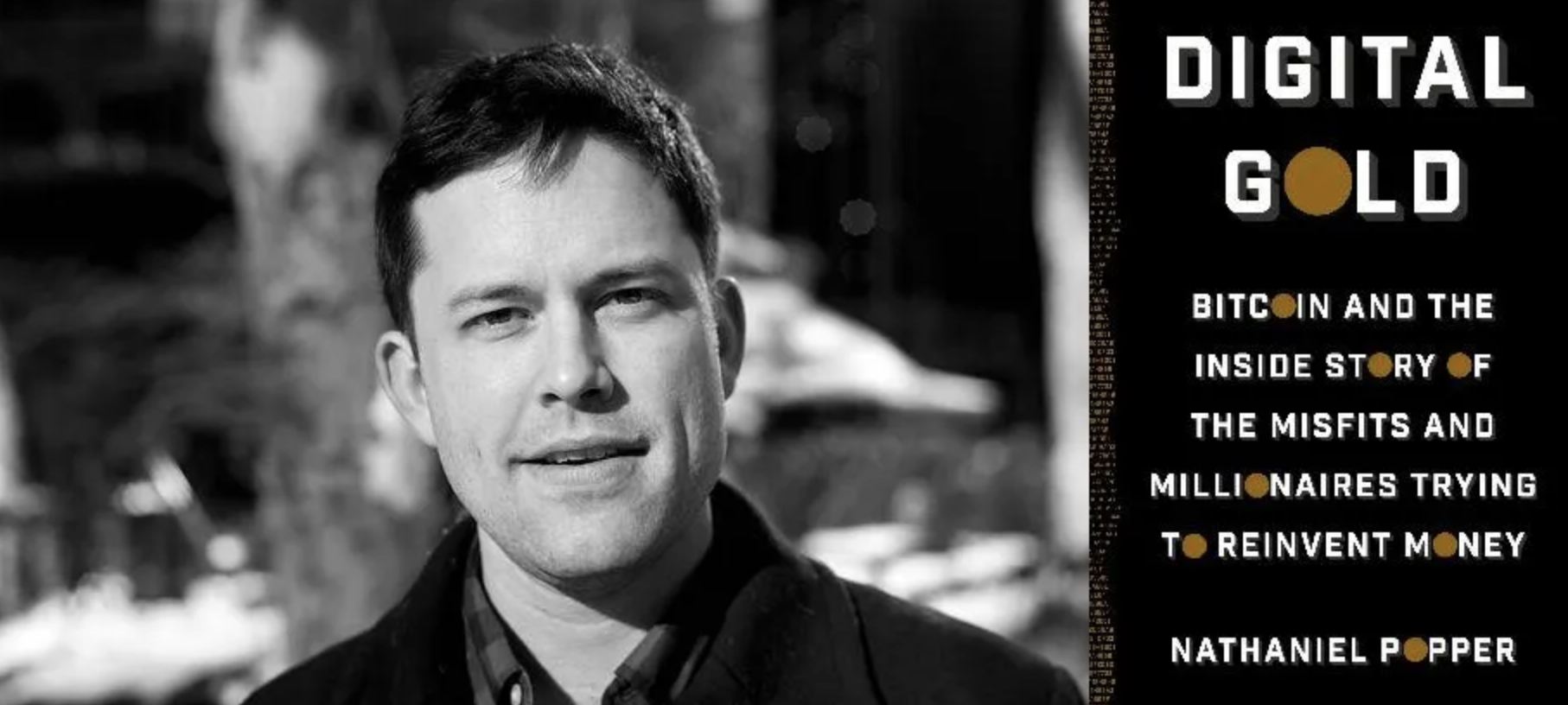
The book, of course, did not do without the mysterious creator of the first cryptocurrency - Satoshi Nakamoto. How anonymous is he really, as it is commonly believed? The answer to this and other questions you will find by diving into the text.
“The Age of Cryptocurrency - Paul Vigna and Michael Casey
Paul Vigna and Michael Casey, who previously worked at the legendary Wall Street Journal, discuss how bitcoin and other cryptocurrencies are overturning the traditional financial world. The authors explore in detail the history of the origin of digital assets and explain why mankind began looking for an alternative to fiat currencies.
The book also discusses how blockchain technology works, its transparency and lack of centralized control. Vigna and Casey emphasize the inevitable changes in the global economy, urging readers to prepare for an era where the digital economy will be a key element. This work will be especially useful for those new to the topic of cryptocurrencies.
Books for those who understand
“Mastering Bitcoin (Mastering Bitcoin) - Andreas M. Antonopoulos
Andreas Antonopoulos, one of the most respected experts in the field of cryptocurrencies, has created a true guide to understanding bitcoin technology. The book is suitable for both beginners and people with a technical background seeking a deeper understanding of the fundamentals of how blockchain works.
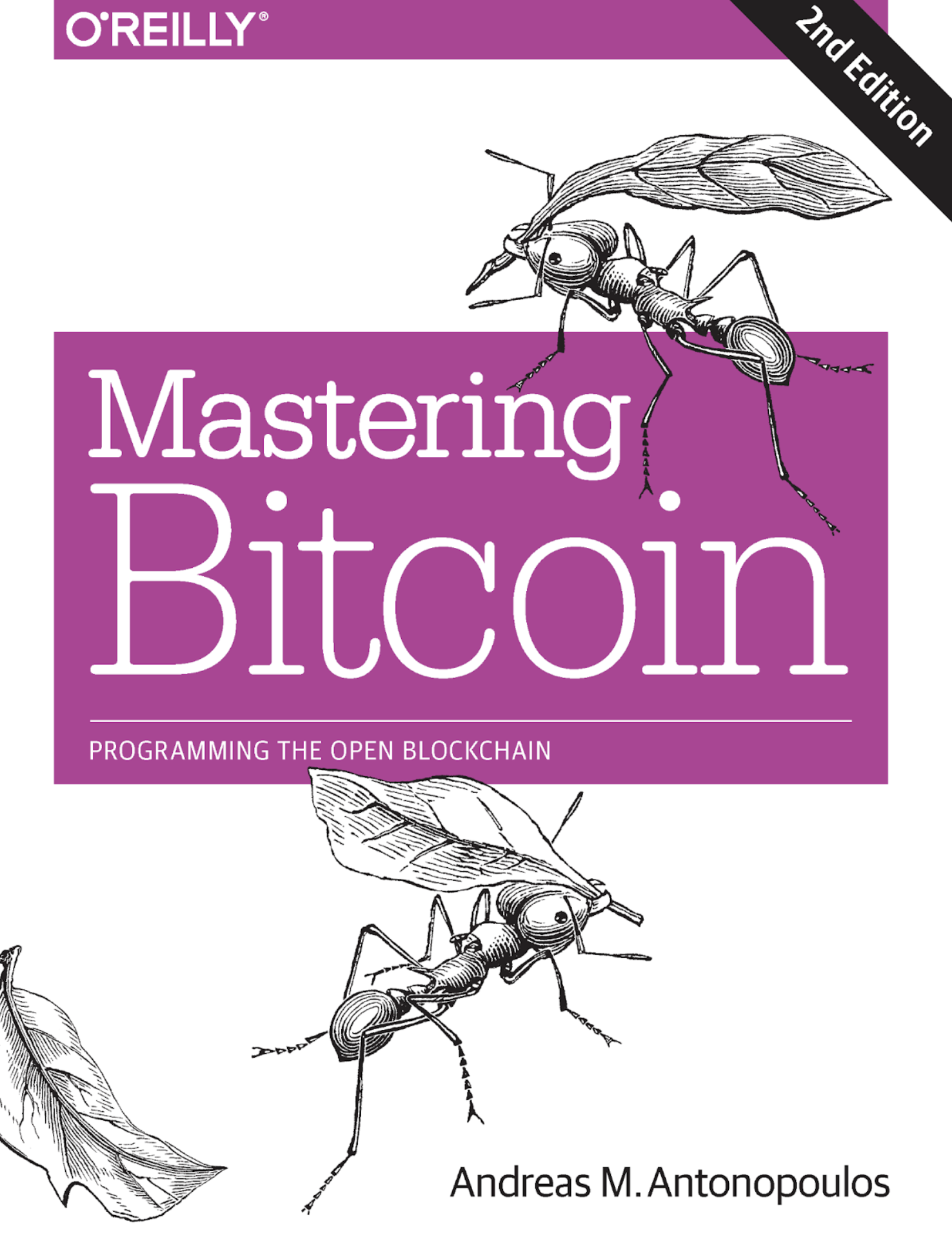
The publication starts with a simple explanation of bitcoin concepts, such as decentralization and cryptography, and gradually moves on to more complex aspects: technical characteristics of the blockchain, principles of wallets and mining. The author also provides real-world code examples, making the book an ideal source for developers interested in building blockchain-based applications.
The book gives readers an insight into how bitcoin is changing existing financial systems, making them more transparent, secure, and accessible.
“Cryptoassets: The Innovative Investor's Guide to Bitcoin and Beyond” - Chris Berniske and Jack Tattar
This book is a guide for investors who want to understand the ins and outs of cryptocurrencies. The authors, experts in finance, explain in detail the key aspects of investing in cryptocurrencies and other digital assets.
The book includes a classification of cryptocurrencies, explains their economic value and unique risks. It invites readers to use analytical approaches to assess the value and prospects of digital assets such as BTC, ETH, and altcoins.
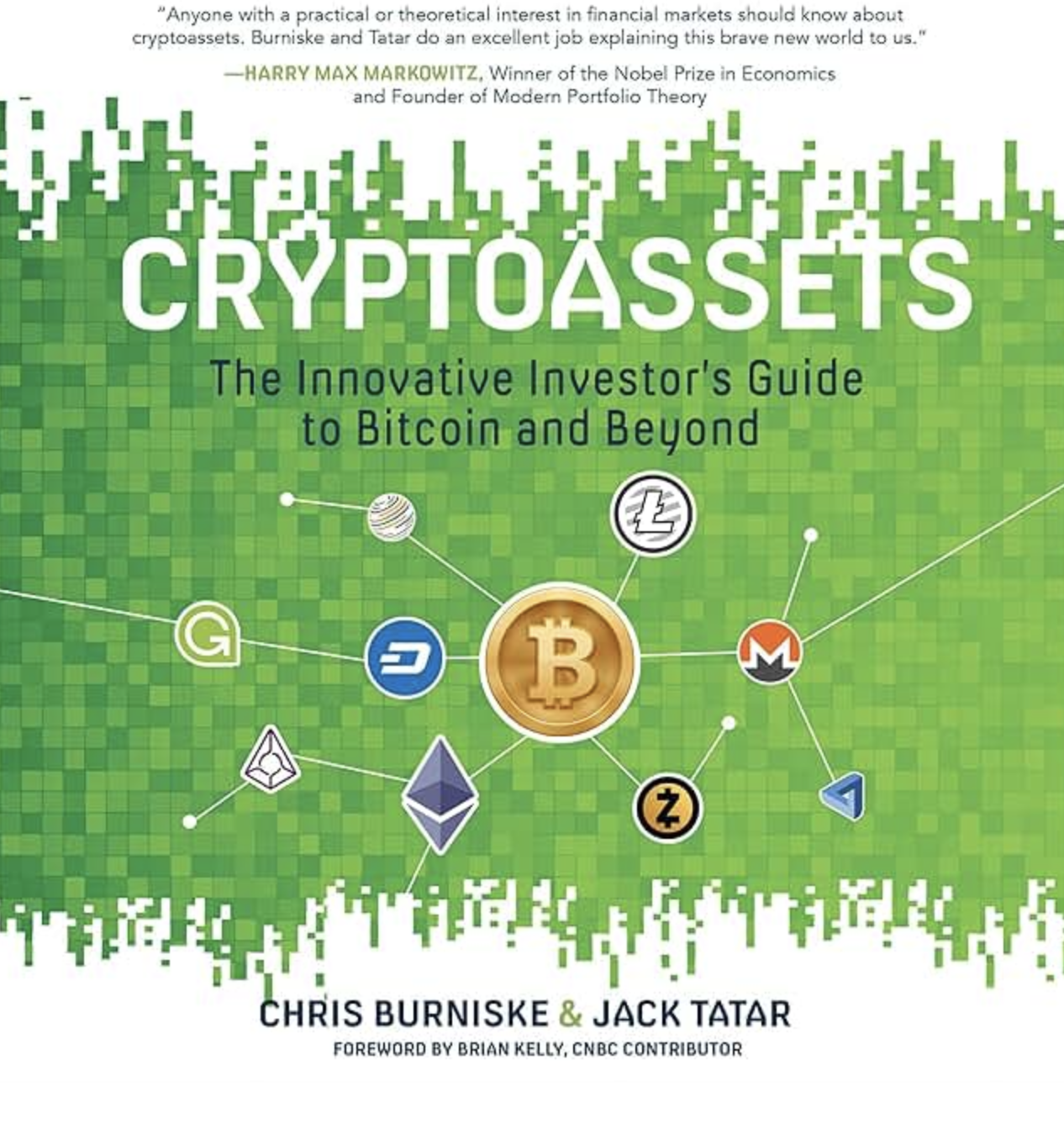
The authors focus on how cryptocurrencies could become a new asset class that could change investment strategies. This publication is ideal for mid-level investors looking to dive into the world of cryptocurrencies in a meaningful way.
“The Bitcoin Standard: A Decentralized Alternative to the Central Bank” (The Bitcoin Standard) - Saifeddine Ammus
Saifeddin Ammus, an economist and cryptocurrency expert, looks at bitcoin as an alternative to traditional financial systems. The book describes the historical development of money, analyzes its evolution and explains how bitcoin can become a new standard, replacing existing currencies.
The author emphasizes that bitcoin's limited supply, its decentralized structure and independence from government agencies make it particularly attractive in an era of growing economic control. The book will be useful for both beginners and advanced readers interested in bitcoin's impact on the economy and politics.
Books for Professionals
“Developing Decentralized Applications on the Ethereum Blockchain” (Building Ethereum Dapps) - Robert Waldron
The book is a practical guide for developers who want to master building decentralized applications (DApps) on Ethereum. The author explains in detail how to create, test, and deploy smart contracts, as well as integrate them into user interfaces.
In addition, the book covers advanced tools and technologies such as Web3.js and Truffle. It is ideal for professionals who want to take their development to the next level and take advantage of blockchain in their projects.
“Cryptographic Protocols: Principles and Practice” - Colin Boyd and Anupam Datta
This book is intended for professionals in blockchain technology and cryptography. It details the principles of cryptographic protocols used to provide security in blockchain systems.
The book covers the topics of digital signatures, hashing, encryption algorithms and their application in real-world blockchain systems. It is an ideal resource for those who want to gain a deeper understanding of the technical side of cryptocurrencies and blockchain.
Conclusion
Books about cryptocurrencies and blockchain are not just a source of knowledge, but also a key to understanding one of the most revolutionary technologies of our time. They allow beginners to take their first steps in the world of digital assets, help advanced users deepen their knowledge and give professionals the tools to develop and implement innovative solutions.
The cryptocurrency industry is evolving at a rapid pace, and reading up-to-date literature helps you stay on top of the latest trends and understand how to capitalize on the opportunities it offers. Invest in your knowledge, because it is the most reliable asset in the era of the digital economy.
FAQ
What are the best books for beginners to start with?
-
“Digital Gold - Nathaniel Popper. A great introduction to the history of bitcoin and cryptocurrencies with compelling real-life stories;
-
“The Age of Cryptocurrency - Paul Vigna and Michael Casey. A simple explanation of how cryptocurrencies are challenging the traditional economy and what this means for the future;
-
“Blockchain for Everyone (Blockchain for Everyone) - Jonathan B. Morinis. A book to fully immerse yourself in the concepts of blockchain and cryptocurrencies for beginners.
Which books will help you understand DeFi and smart contracts?
-
“Mastering Ethereum - Andreas M. Antonopoulos and Gavin Wood. A complete guide to creating smart contracts and learning about the Ethereum ecosystem, the core platform for DeFi;
-
“Cryptoassets: The Innovative Investor's Guide to Bitcoin and Beyond” - Chris Berniske and Jack Tattar. Provides insight into the basics of DeFi, the role of crypto assets and their investment opportunities;
-
“DeFi and the Future of Finance” - Camara and Teterville. The book explains in detail how decentralized finance works, with a focus on the economics and use cases.
Are there any books for blockchain solution developers?
-
“The Bitcoin Standard: A Decentralized Alternative to Central Banking” (The Bitcoin Standard) - Saifeddine Ammus. Analyzes the historical significance of bitcoin and its possible impact on the global economy;
-
“The Digital Revolution: How Blockchain is Changing the World” (Blockchain Revolution) - Don and Alex Tapscott. Explores how blockchain technology is transforming various industries and changing our future;
-
“Quantum Computing and Cryptocurrencies: the Future of Blockchain” (Quantum Computing and Blockchain) - Christopher Berry. Describes the potential impact of quantum technologies on cryptocurrency and blockchain security.
Want to learn more about crypto arbitrage?
Get a subscription and access the best tool on the market for arbitrage on Spot, Futures, CEX, and DEX exchanges.
